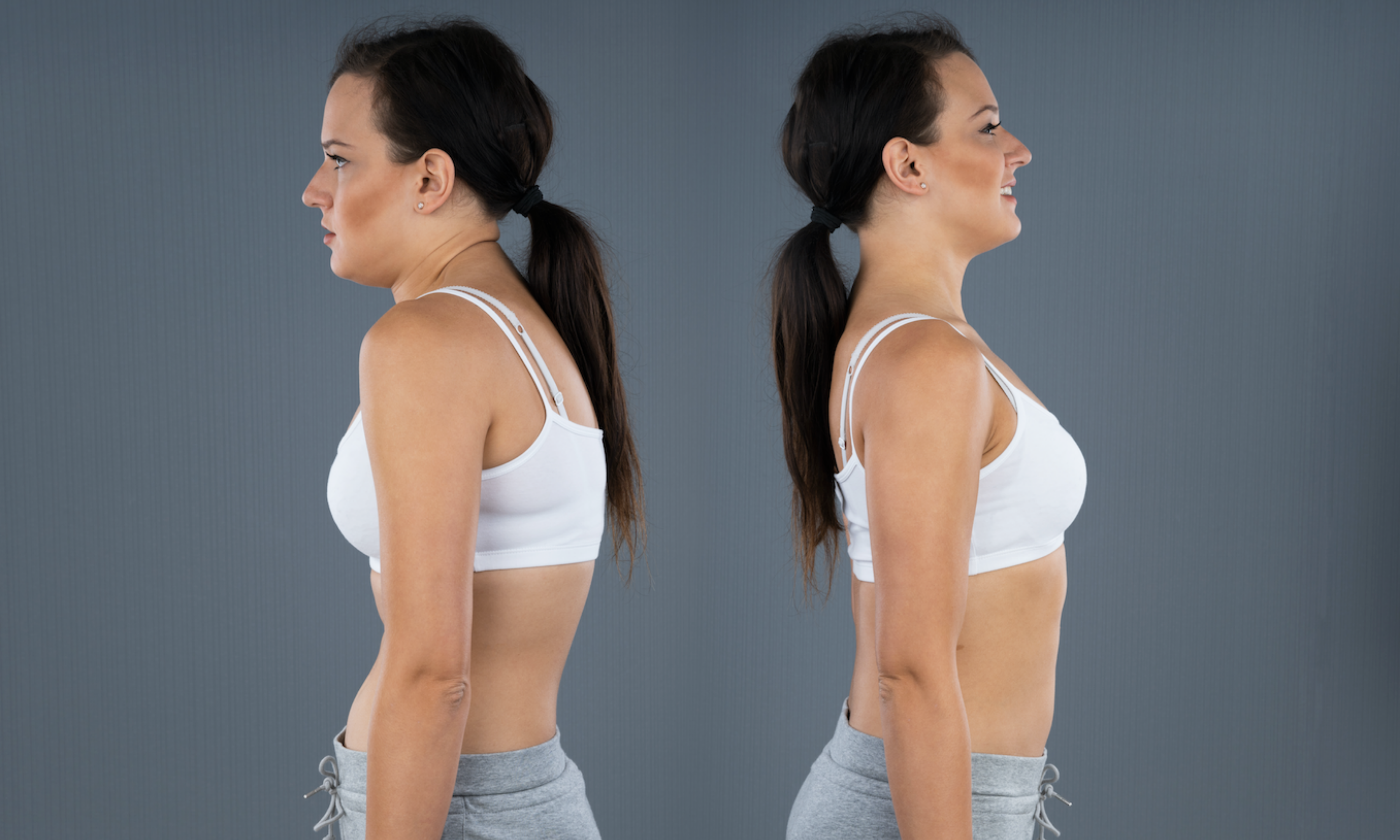One in every twelve Americans have a hunched back. Although having a hunchback is common, it can be hard to tell whether medical treatment is necessary. The normal mid back (thoracic spine) has a forward curvature (called “kyphosis”) of about 20-40 degrees. When there is more forward curvature than is normal, there can be the appearance of a “hunched” back.
Many cases of a hunched back (increased thoracic kyphosis) are postural. The deformity is flexible and may be improved with exercises. It does not require surgery, and physical therapy and/or chiropractic treatments are often prescribed.
Some cases of a hunched back can be more serious or even need surgical treatments. Generally, these types hunched of backs fall into one of three different categories: congenital kyphosis, nutritional/metabolic kyphosis, post-traumatic kyphosis, and Scheuermann’s kyphosis.
Congenital kyphosis is caused when a baby’s spine develops in an abnormal way that curves the back forward. This potentially serious condition should be evaluated by a specialist such as Orthopedic Surgeon who specializes in pediatric deformity and may require complex surgical treatment.
Nutritional or metabolic kyphosis occurs when the body has trouble producing the right amount of minerals, such as calcium, magnesium, or phosphorus. Nutritional kyphosis can cause the body to have abnormally brittle bones, allowing the bones to fracture more easily. Blood tests, imaging studies, and other diagnostic modalities can aid in obtaining an accurate diagnosis.
Post-traumatic kyphosis occurs when the vertebrae (spinal bones) are injured and fractured after a severe fall, crash, or other type of accident. When the vertebrae are fractured, the back bones can collapse, causing the spine to curve forward. Osteoporosis can accelerate this process and is a reason some older patients have a forward leaning posture.
Scheuermann’s kyphosis is a disease process causing the vertebrae to become trapezoid shaped instead of rectangular-shaped. With the stacking of these misshaped vertebrae covering the spine, this can cause a kyphotic position of the upper back. There may be associated indentations of the disc material into the bony endplate (called a “Schmorl’s node”).
Although not all patients with these more serious disorders need surgery, an evaluation is recommended. If any of the following disorders apply to you or someone you know, a board-certified, fellowship trained spine surgeon can evaluate your condition and help manage your treatment. Call us at (201) 753-8862 to set up an appointment.

